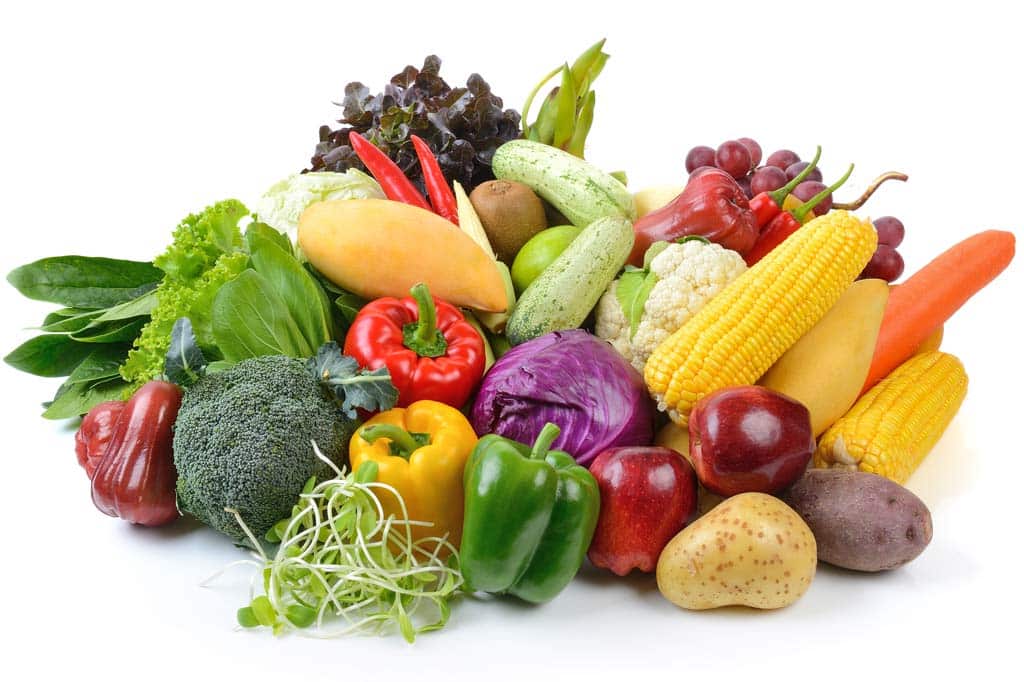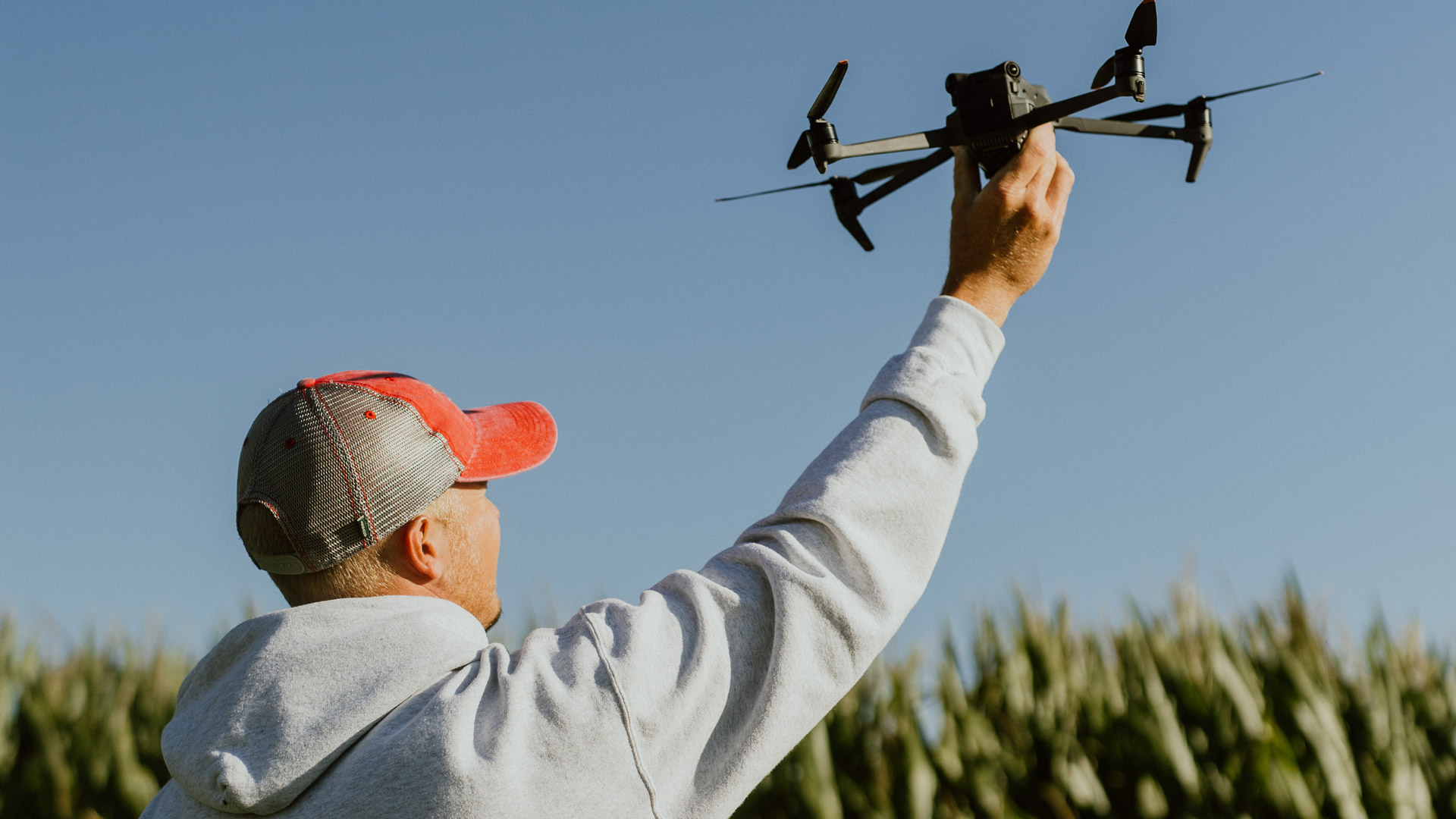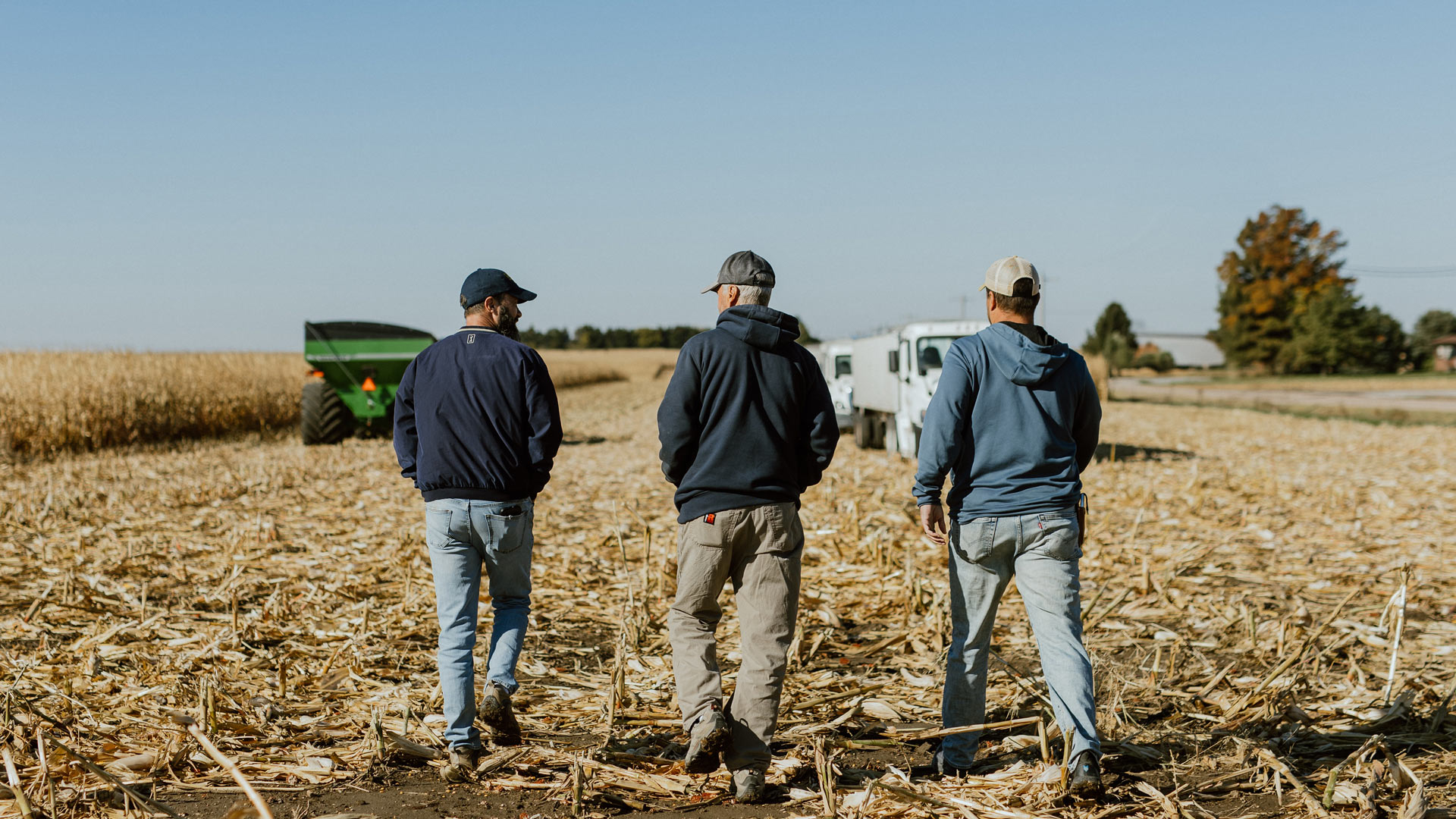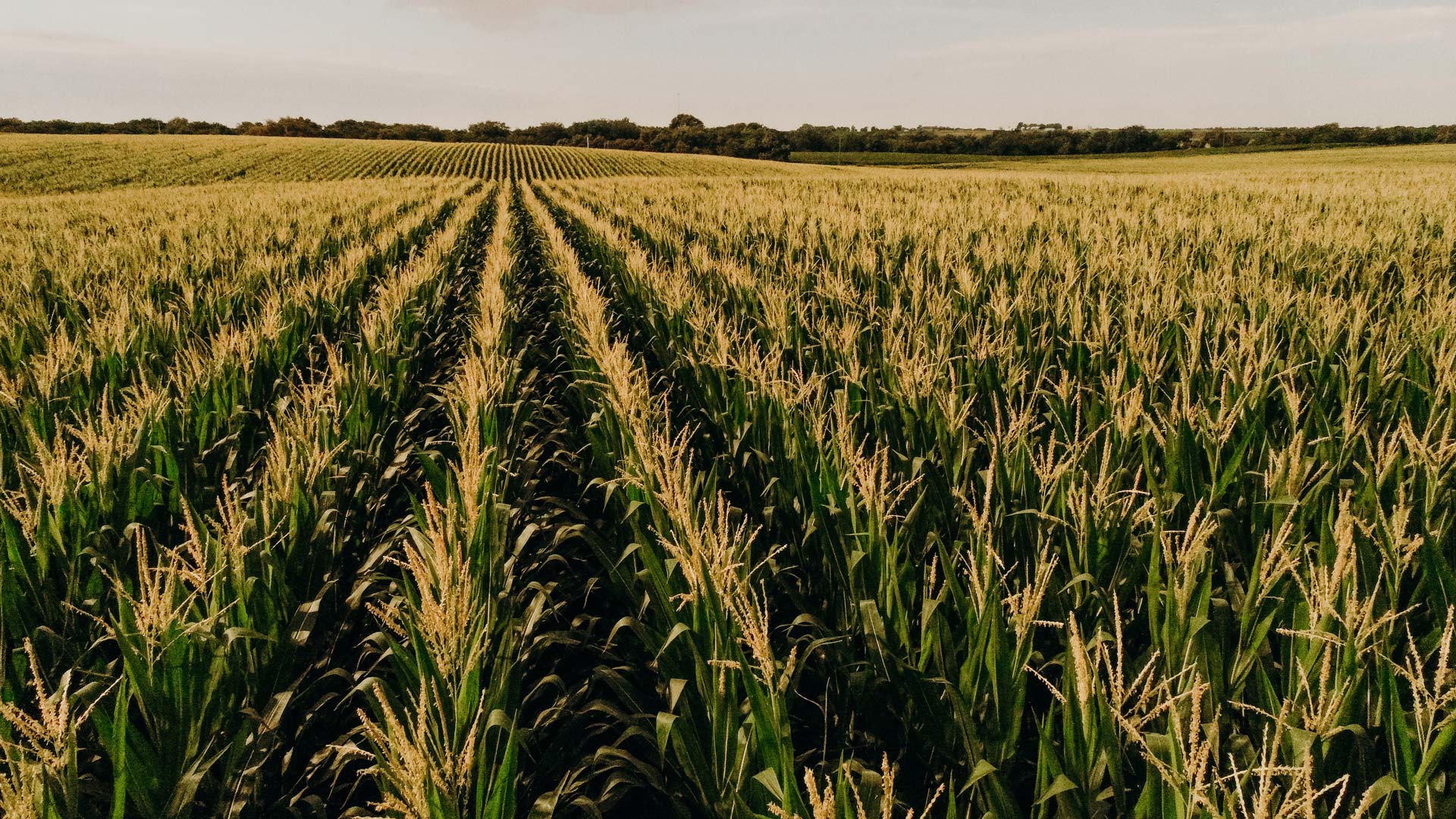If ever there were a season for corn, it would be summer. The fields are a brilliant green, the corn plants are starting to get tall and sweet corn is inching closer to maturity and can often be enjoyed in July.
When you finally get to enjoy the sweet, juicy goodness, you may wonder just what it is you’re eating. Is corn a vegetable or a starch? Is it a grain? Or, is corn a fruit?
The answer to those questions might surprise you. But, in order to determine how corn is classified, it’s helpful to first understand what makes something a vegetable, a starch or a fruit.
What Makes Something a Fruit or Vegetable?
Describing what makes something a fruit or vegetable sounds like it should be easy to do. After all, you probably eat them both every day! However, it turns out the scientific answer has to do with what part of the plant the food product came from:
- Vegetables: Come from the leaves, stems, roots and bulbs of a plant.
- Fruits: Come from the flowering part of a plant.
Is Corn a Fruit or Vegetable?
When people ask if corn is a fruit or a vegetable. The answer is … yes. It just depends.
Scientifically, corn is a fruit because the part of the corn that people generally eat— the kernels—comes from the flower of the plant.
This may come as a surprise, because many people think fruit must be sweet and many members of the general public think of corn as a vegetable. In fact, it’s often categorized as a vegetable on many versions of the food pyramid—including the MyPlate food guidelines introduced by the federal government in 2011.
While it’s true that many fruits are sweet—bananas, pineapples, grapes and strawberries, to name just a few—vegetables also can be savory. In addition to corn, which is not nearly as sweet as a banana or strawberry, tomatoes are another example of a fruit that tends to fall on the more savory side of the spectrum.
When is corn a vegetable? While corn is a fruit when you eat kernels or corn on the cob, if you eat the leaves or the stalk—like cows and other livestock that eat corn—corn would be classified as a vegetable.
So, corn can be a fruit or a vegetable, depending on what part of the plant is being eaten.
Is Corn a Starch?
Another question people frequently ask is if corn is a starch.
Starches are a type of carbohydrate found in many fruits, vegetables and grains. It’s a source of energy for people, which makes sense because starch is created in the green leaves in plants to serve as stored energy for the plant.
Corn is a starch, as is rice (another fruit) and potatoes (a vegetable). Often, such as in the government’s MyPlate eating guide, corn is referred to as a starchy vegetable even though, it’s technically a fruit.
Is Corn a Grain?
The United States Department of Agriculture and Popular Science have weighed in on whether corn is a fruit, vegetable or grain. And, they all came up with slightly different answers.
Such is the case with the question of whether or not corn is a grain.
A grain is the seed or fruit of a cereal grass, which are grasses that have starchy grains used for food. Even though it doesn’t look like the grass in your lawn, corn is a grass—the ancestor of the corn plant we see today was a spikey grass with very small cobs found in Central America. In addition to corn, other examples of grains are wheat, barley, oats, rye and rice. Other less-common grains are quinoa, sunflower seeds, buckwheat, millet and sorghum.
Though it’s categorized as a starchy vegetable on MyPlate.gov, corn’s properties as a grain and its starch content are why nutritionists sometimes categorize it as a grain when creating customized food pyramids or eating plans for clients with certain dietary needs.
Grains are a source of fiber and minerals, such as iron and magnesium. Whole grains also contain beneficial B vitamins such as niacin, riboflavin and thiamin. The nutritional benefits of grains are why the American Heart Association recommends eating six servings of grain per day—preferably in whole grain form.
Where Is Corn on the Food Pyramid
As you can see, corn is many things at the same time. Corn is a fruit, a starch and also a grain. Because of its versatility as a food product and the many health benefits of corn, it’s no surprise that it isn’t always in the same category on eating plans or customized diets. This also explains why some nutritionists may categorize it differently than MyPlate.gov, the government’s official nutrition guide.
Usually, it’s in the fruit and vegetables category. However, because customized meal plans or guidelines for a specific diet are based on nutritional properties or how a food impacts the goals of a specific person’s diet—not a particular food source’s scientific classification—nutritionists choose to include corn as a starch or grain.
So, next time you enjoy an ear of sweet corn, you can thank a local corn farmer for providing such a nutritious, tasty—although slightly mysterious—food to fuel the rest of your day.





